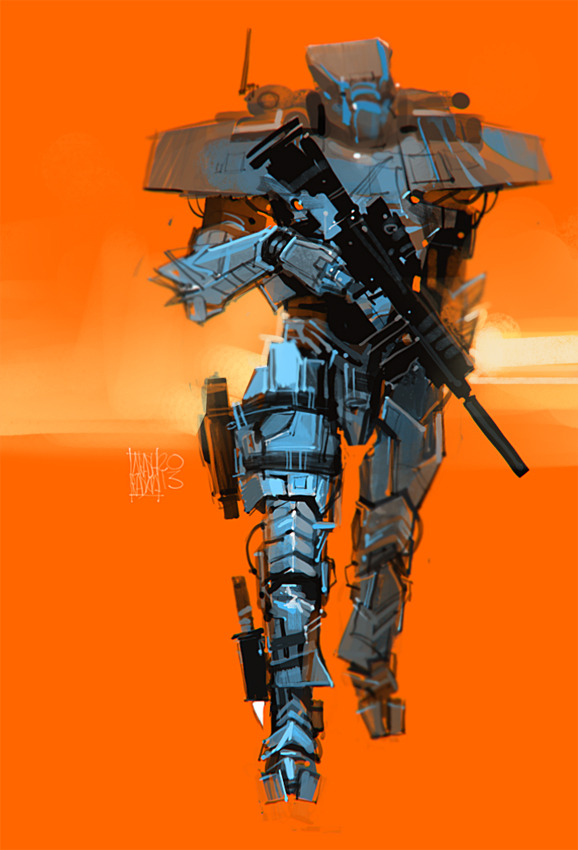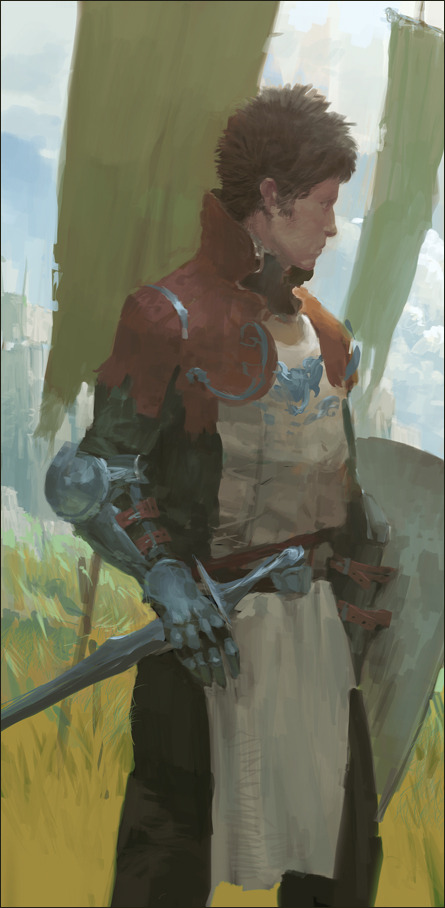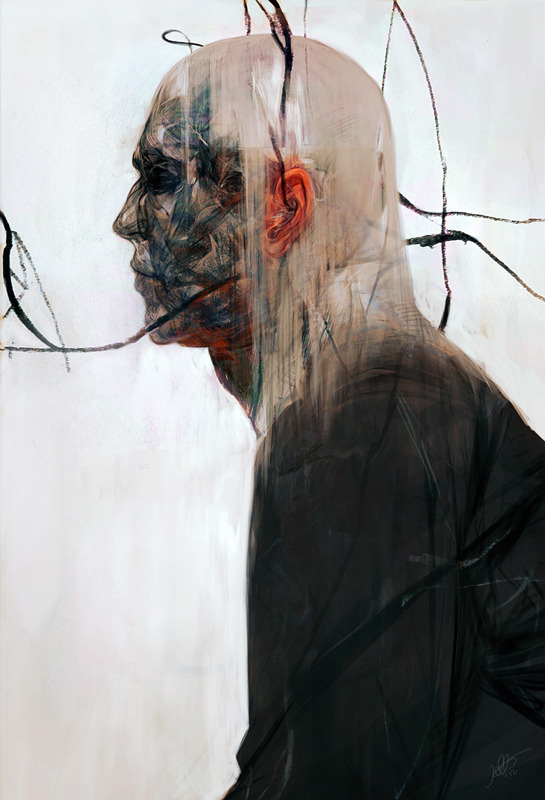We talk a lot about realism on this site. Traditional painting and drawing generally has a foundation on painting what you see, and capturing it realistically. Sometimes it's nice, though, to push the boundaries. The wonderful thing that painting has over photography is style and mark-making , so it's important to expand your comfort zone from time to time. In this blog post I'll show you some contemporary digital artists who prove that there's no 'right way' to paint.
Before we get started, though, I want to give a quick disclaimer about personal style. The short version is this: don't force it. Being versatile is crucial for commercial art. The more you paint, you'll begin to develop a personal point of view - but it can be very dangerous to adopt someone else's personal style as your own. My personal approach is to study a variety of styles, copying bits and pieces as I learn. With that in mind, let's take a look some artists who showcase wildly divergent brush technique.
Loose & Energetic
This piece from Arash Radika (right) has wonderful energy and dynamism. Though it's impossible to know exactly how the piece was created, the final result seems effortless and light. I'm especially drawn to the brush technique. Radika balances hard and soft with his edges and shading. Some areas jump out at the viewer with high contrast, sharp edges, and visible brushstrokes - while other areas recede into the distance in a haze of atmosphere. It looks 'finished', though has the spontaneity of a sketchbook doodle.
Balancing Realism & Expression
Both of these artists are painting 'realistically', though neither strives for a photographic level of polish. In the case of Jeon JongUk (left), his painting exhibits extremely realistic colors. When you squint at the image, it appears photographic. Upon closer inspection the brush strokes are quite visible - creating an expressive looseness. The painting to the right by Jeff Simpson is also realistic, though uses a large graphic white background. This choice flattens the sense of space into poster-style cutout, but the surface treatment is still 'realistic'. It's easy to think of realism and style on opposite ends of a spectrum, but these paintings show that great art often features both aspects. Expressive painting doesn't need to look like a Saturday morning cartoon.
Andrew Ley (Click to enlarge)
Implied Detail
Andrew Ley (right) distills a complex outdoor scene into simple shapes with this illustration. It conveys a sense of realism through rich textures and accurate colors, but the objects are streamlined for the sake of composition. It's simultaneously detailed and simplified. Painting in this way invites the viewer to imagine details which are not present - activating the space through implied detail.
Make it Your Own
Clearly each of these examples are from accomplished painters. It's unreasonable to expect a beginner to reproduce images like these. But as a painter (beginner or experienced), influence is important. Seeing these images shouldn't make you want to be the 'next Andrew Ley', but it should open your eyes to new possibilities. As you learn to paint and hone your technique remember to push the boundaries. Be inspired by other professionals, and weave that inspiration into the tapestry that is your personal style. Go to the museum, sites like Cghub.com, and simply keep your eyes open! Each artist solves visual problems differently, because in painting there's always more than one 'right way'.




